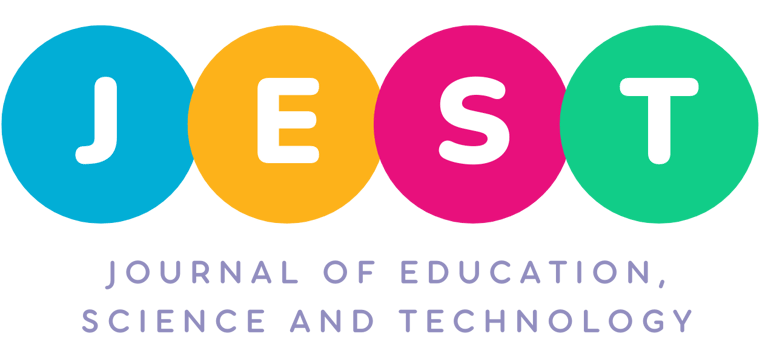Effectiveness of Interactive-Participatory and Mind-Mapping Instructional Strategies on Cognitive Skills Acquisition of Primary School Pupils
This study investigates how interactive-participatory and mind-mapping strategies impact cognitive skill development in primary pupils, recommending their adoption in classrooms and teacher training for improved science education outcomes.
Abstract
This study examines the effectiveness of interactive-participatory and mind-mapping instructional strategies on the cognitive skills acquisition of primary school pupils. A non-equivalent pretest–posttest control group quasiexperimental design was adopted. The population comprised all early childhood pupils in Ondo State. A random sampling method was used to select one local government and three primary schools, which were then assigned to two experimental groups and a control group. A self-designed and validated research instrument, the Cognitive Skill Achievement Test (CSAT), was used; it yielded a high reliability coefficient (Kuder-Richardson 20 = 0.82). The findings revealed that the interactive-participatory instructional strategy had a significant effect on pupils’ cognitive skills in Basic Science, F(1, 86) = 52.300, p < .05. Moreover, the three-way interaction effect of treatment, sex, and age on pupils’ cognitive performance in Basic Science was not significant, F = 1.871, p > .05. The study, therefore, recommends that both instructional strategies be adopted in primary school teaching and that pre-service teachers in university faculties and colleges of education receive thorough training in the effective use of interactive-participatory and mind-mapping strategies.
Keywords: Instructional strategies, interactive-participatory, mind-mapping, cognitive skills, primary school pupils.
Citation: Ojo O. C. & Oloyede H. O. (2025). Effectiveness of Interactive-Participatory and Mind-Mapping Instructional Strategies on Cognitive Skills Acquisition of Primary School Pupils. Journal of Education, Science and Technology 2025, (1) 1.31-36.
COPYRIGHT © 2025 Ojo Oluyemi and Oloyede Olawale. This is an open-access article distributed under the terms of the Creative Commons Attribution License (CC BY). The use, distribution or reproduction in other forums is permitted, provided the original author(s) and the copyright owner(s) are credited and that the original publication in this journal is cited, in accordance with accepted academic practice. No use, distribution or reproduction is permitted which does not comply with these terms
